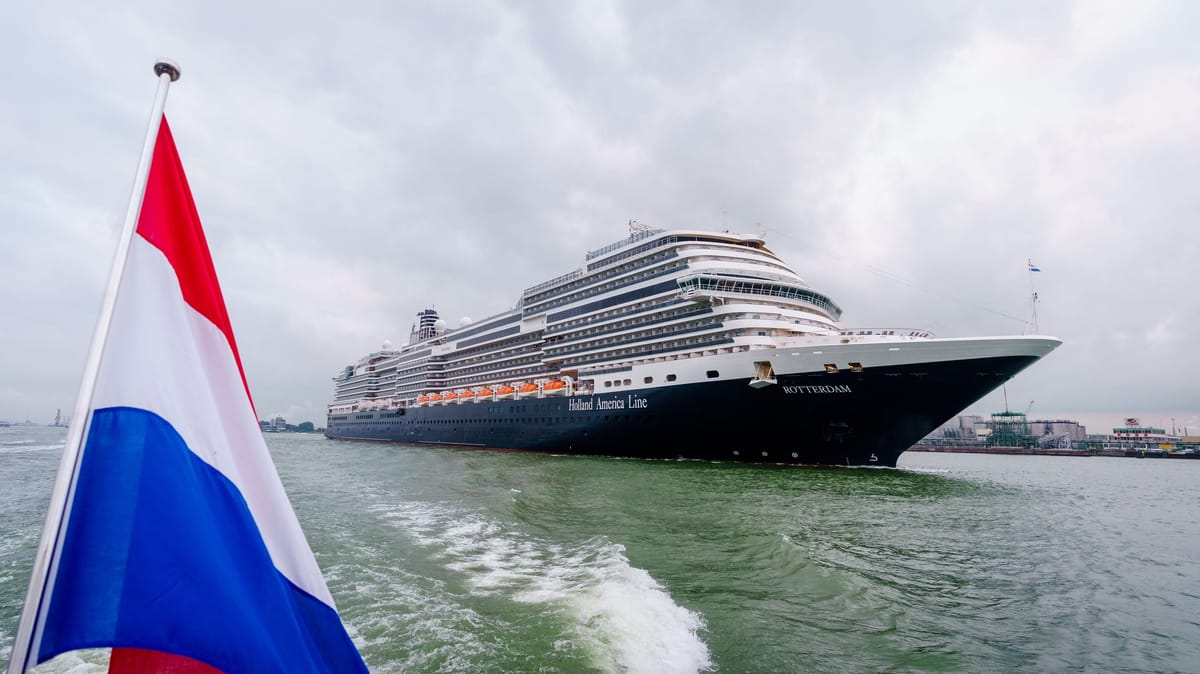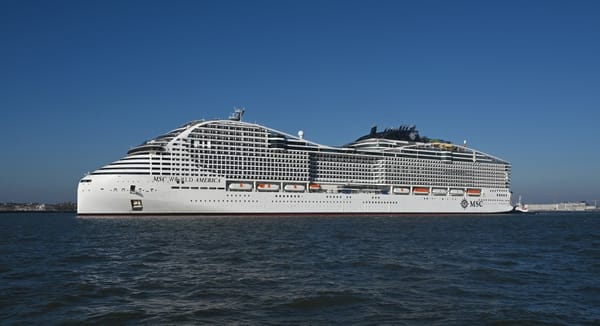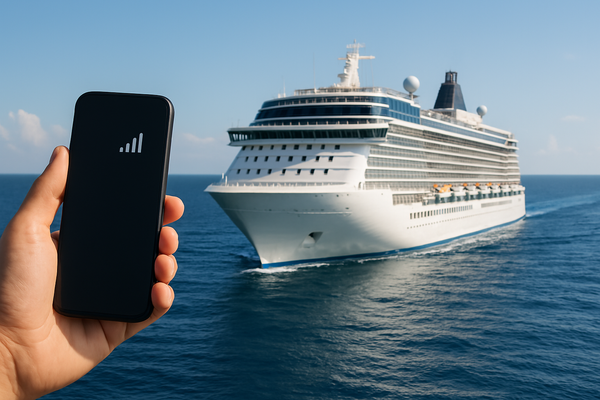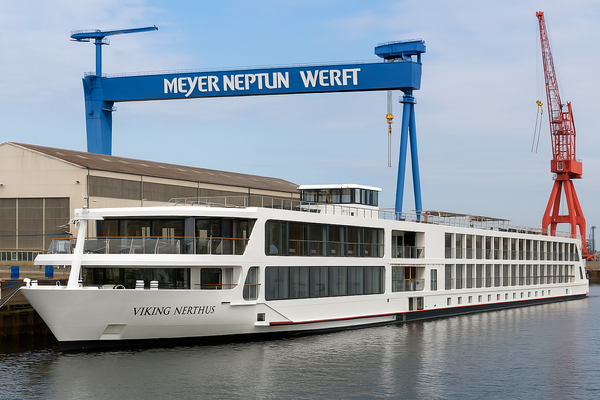Norovirus Outbreak Affects 93 on Holland America's Rotterdam
The Rotterdam's recent norovirus outbreak underscores ongoing challenges in maintaining health standards on cruise ships, despite stringent sanitation protocols.

Holland America Line’s Rotterdam cruise ship experienced a norovirus outbreak during a recent Southern Caribbean itinerary that impacted 89 passengers and four crew members. Symptoms included vomiting and diarrhea, with the outbreak reported to the Centers for Disease Control and Prevention (CDC) on March 15, 2025—eight days after the vessel departed Fort Lauderdale, Florida. This marks the fourth norovirus outbreak on a Holland America vessel this year, occurring during a 21-night voyage that included stops in Kralendijk, Aruba, and Half Moon Cay.
Details of the Outbreak
The CDC confirmed that 3.3% of Rotterdam’s 2,670 passengers and 0.4% of its crew reported symptoms consistent with norovirus, a highly contagious gastrointestinal illness. Earlier in 2025, Rotterdam experienced a similar outbreak in February, and Holland America’s Eurodam and Volendam were also affected by separate incidents. Although cruise ships account for only 1% of all reported norovirus outbreaks worldwide, their enclosed environments can accelerate the spread of the virus once it is introduced.
In conjunction with the CDC, the crew activated enhanced sanitation protocols. These measures included isolating symptomatic passengers, collecting stool samples to confirm the presence of norovirus, and carrying out extensive cleaning and disinfection before Rotterdam began its next scheduled voyage.
Industry-Wide Implications
The CDC reports there have been 10 recorded gastrointestinal illness outbreaks on cruise ships in 2025, with most traced to norovirus. While cases remain statistically low compared to the 35.7 million cruise passengers recorded in 2024, incidents like this raise questions about the sufficiency of onboard hygiene practices and infection prevention strategies. Shared dining facilities and close-quarter living arrangements pose unique containment challenges, even as operators adhere to guidelines outlined by the CDC’s Vessel Sanitation Program.
Norovirus outbreaks can impact the cruise industry’s reputation, underscoring the need for continual vigilance. Despite substantial investments in sanitation technology and training, including deep-cleaning regimens between voyages and advanced air filtration systems, ships remain vulnerable to outbreaks due to their communal nature.
Steps Taken to Address the Situation
Holland America Line confirmed that Rotterdam underwent thorough disinfection upon returning to Fort Lauderdale before resuming its itinerary. A spokesperson for the company stated that they remain committed to passenger health and safety, instituting preventive measures and rapid-response protocols whenever such incidents arise.
While no compensation for affected passengers was announced, the cruise line maintains a longstanding practice of working closely with health officials to mitigate health risks. Passengers are also urged to take individual precautions, including frequent handwashing and avoiding buffet-style dining during outbreaks.
Broader Context of Norovirus on Cruise Ships
Norovirus is not exclusive to cruise travel and similarly affects hospitals, nursing homes, and university campuses. “The virus’s transmission is significantly heightened in spaces where individuals are in prolonged close contact,” remarked Dr. Dean Winslow, a professor of medicine at Stanford Medicine. The CDC monitors and reports shipboard outbreaks through its Vessel Sanitation Program, which issues public notifications when at least 3% of passengers or crew present with symptoms.
Industry representatives note that cruise ships often face disproportionate attention regarding norovirus because of the mandatory reporting requirements and the enclosed environment. Nonetheless, protecting passenger well-being remains a focus, and operators continue to refine their health protocols to preserve the appeal of the cruising experience.
The Rotterdam incident draws further attention to the importance of improving hygiene practices in all congregate environments, even beyond the maritime sector. Cruise lines, government health agencies, and medical experts stress that maintaining robust sanitation standards is integral to ensuring safety at sea.
Why is norovirus commonly associated with cruise ships?
Norovirus spreads easily in confined spaces where people share facilities, such as dining areas, cabins, and bathrooms. Although cruise-related cases account for just 1% of total reported outbreaks, the environment aboard ships facilitates rapid transmission once the virus is introduced.
What steps did Holland America Line take during the outbreak?
The Rotterdam crew implemented enhanced sanitation measures, isolated symptomatic individuals, collected stool samples to confirm the virus, and conducted a deep cleaning of the ship. The CDC worked with Holland America to ensure public health guidelines were followed throughout the process.
Can travelers avoid contracting norovirus on cruise ships?
Travelers can reduce their risk by frequently washing their hands with soap and water, using hand sanitizer, avoiding shared utensils or buffet-style dining, and staying hydrated. Experts urge applying similar precautions in any communal setting.
How does the CDC monitor illness outbreaks on cruise ships?
Under the CDC’s Vessel Sanitation Program, cruise lines are required to report gastrointestinal illnesses surpassing 2% of passengers or crew. Public notifications are issued when these thresholds are met, and investigators collaborate with cruise operators to identify and contain the source of outbreaks.




